The Mucous membrane lines different hollow organs and body cavities of the human organism. It is used for mechanical delimitation and fulfills an important function within the immune system.
What is mucous membrane?
As Mucous membrane (also tunica mucosa, mucosa) is the protective layer lining the inner walls of the hollow organs of the respiratory tract (trachea, bronchi, nose, paranasal sinuses), digestive tract (mouth, esophagus, stomach, intestine), urinary tract (bladder, urethra) and the genital organs (uterus) , Egg and spermatic ducts).
Oral and nasal mucosa, intestinal and gastric mucosa, as well as the uterine lining and conjunctiva of the eyes are among the most important mucous membranes in the human organism. In contrast to the skin, the tunica mucosa, as a single or multilayer epithelium, has no hair or horny layer.
In addition, mucous membranes either independently produce and secrete secretion to moisten the tissue or are located in the vicinity of secretion-forming glands. In general, the surface of the mucosa is protected from physical, chemical or mechanical damage by a mucous layer made of mucins (glycoproteins), which function as mucous substances.
Anatomy & structure
The specific structure of the Mucosa is adapted to the physiological function of the organs that clothe them. The mucosa usually consists of an epithelial layer adapted to the respective organ function, the so-called lamina epithelialis mucosae, a thin muscle layer, the lamina muscularis mucosae, and a loose layer of connective tissue with reticular fibers, the so-called lamina propria mucosae, located between these.
The epithelial layer can have a single (e.g. in the intestine) or multilayer (e.g. in the oral cavity) structure as well as an enlargement of the surface by microvilli (thread-like protuberances of the cell membrane) as well as partially also by cilia (cilia in the respiratory ciliated epithelium or in the tuba uterina or Fallopian tubes) and stereocilia (cell processes in the ductus deferens or the vas deferens).
In the lamina propria of the mucous membrane there are often glands that moisturize the mucosa. the vaginal mucous membrane is an exception and has no glands (cutaneous mucous membrane). In addition, the lamina propria is embedded in the gastrointestinal tract (digestive tract) in a layer of smooth muscle cells (lamina muscularis mucosae).
Function & tasks
While the Mucous membrane of the esophagus is responsible for the problem-free transport of the food pulp, it also has a protective function in the nose (against germs) or in the stomach (against gastric acid) and also serves to increase the surface area in the gastrointestinal tract, which enables better absorption of nutrients . In principle, mucous membranes serve as a mechanical demarcation from the surface of the organs they line.
In addition, many mucous membranes are able to transport secretions and molecules in a certain direction through the transport proteins (including glucose transporters) embedded in their surface. Accordingly, mucous membranes play an important role in the absorption and secretion processes. In addition, mucous membranes can secrete immunoglobulins (antibodies), especially IgA, and represent an important part of the human organism's microbial immune defense thanks to this protective function against invading pathogenic germs.
The mucous and serious glands of the bronchial lamina propria produce and secrete bronchial mucus, which humidifies the air we breathe. Through this bronchial mucus, the moistened cilia of the respiratory ciliated epithelium move like waves in the direction of the throat (about 1000 times per minute), so that small molecules (including dust particles, bacteria) that adhere to this mucus are transported to the throat, where they are usually reflexively transported be swallowed down the esophagus.
Illnesses & ailments
The Mucous membrane has a self-protection (also known as mucosal immunity) due to the immunoglobulins secreted independently by the mucous membrane cells, which has a self-protection (also known as mucous membrane immunity) under the mucous membrane due to the immunoglobulins secreted independently by the mucous membrane cells, which depends, among other things, on sufficient food intake.
Mucosal immunity can be reduced, for example, by environmental pollution (pesticides, heavy metals, nicotine, electrosmog), medication, food intolerance, stress and too little sleep. As a result of the reduced self-protection of the mucous membranes, allergic reactions (asthma, hay fever), intestinal colic (cramp-like contractions in the gastrointestinal tract), inflammation of the gastric and intestinal mucosa, viral (runny nose, bronchitis) and / or bacterial (gastritis or cystitis or gastric mucous membrane or bladder infections) manifest diseases.
Stomatitis (inflammation of the oral mucosa) can have infectious (viruses, fungi or bacteria), toxic, allergic, physical and / or systemic causes (vitamin deficiency, systemic disease). A long-lasting inflammation of the mucous membranes can cause a thickening of the mucous membrane, which, for example, in the case of an inflammation of the nose and frontal sinus (sinusitis) may lead to surgical evacuation of the paranasal sinuses.
If the function of the cilia of the respiratory ciliated epithelium of the bronchi is impaired by nicotine abuse or flu-like infections, a cough is manifested, which takes over the removal function of the cilia.


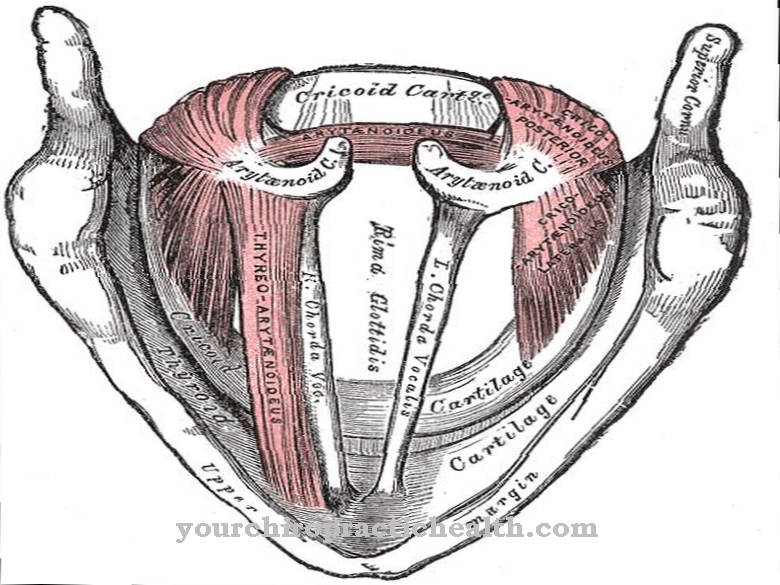
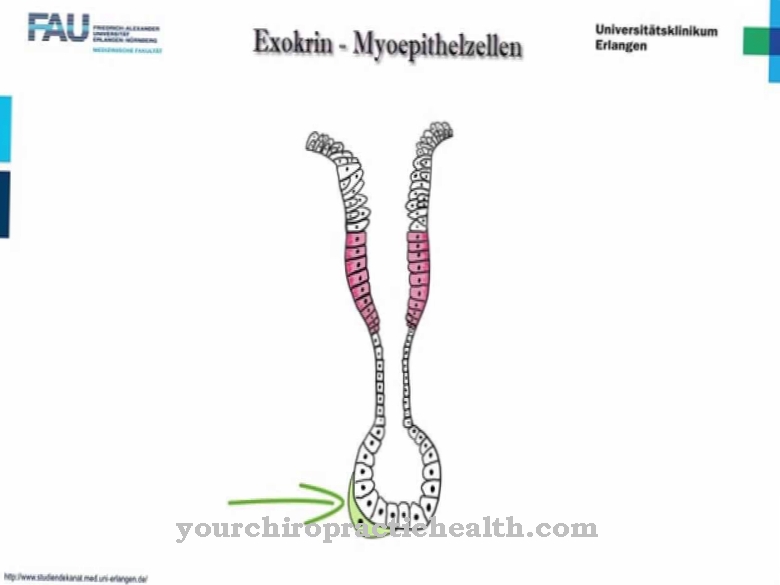
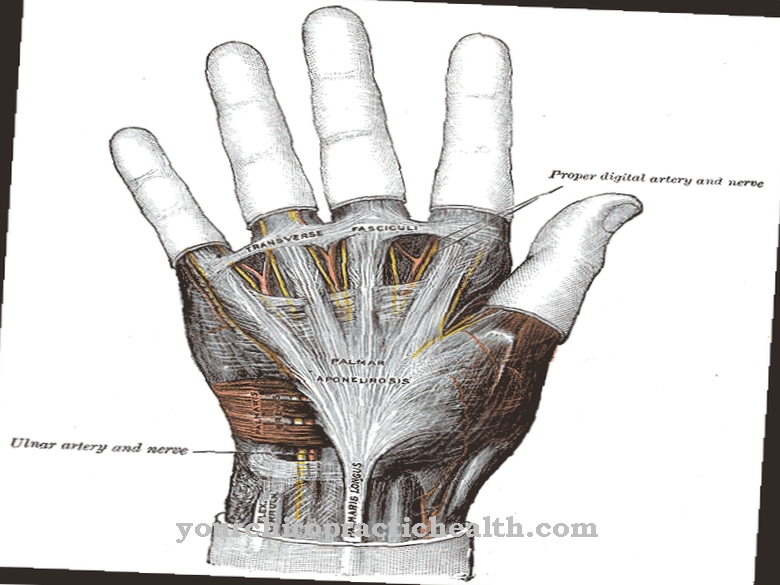
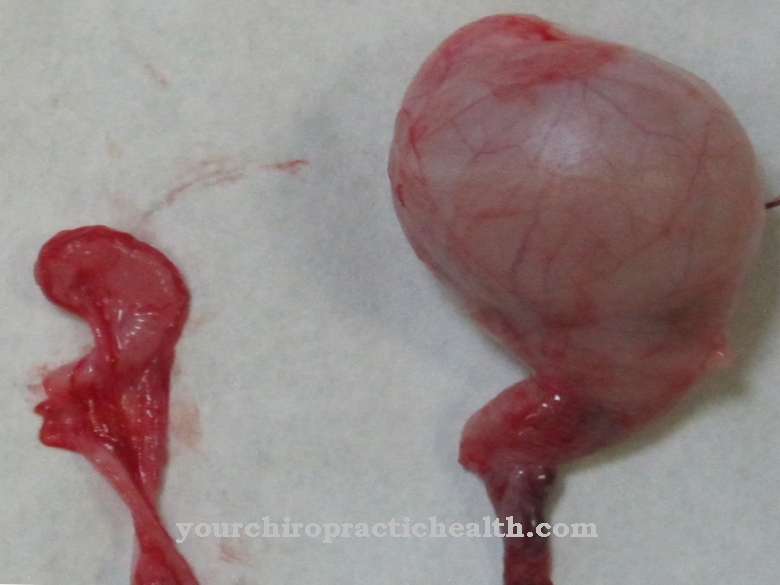
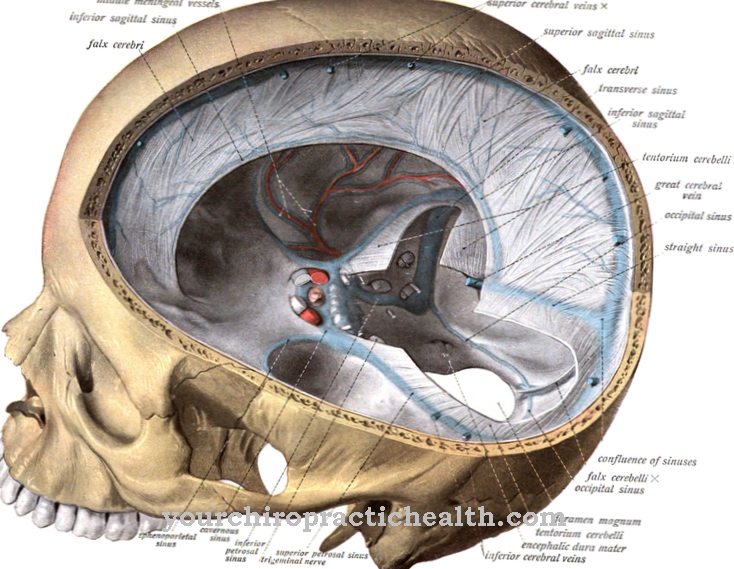

















.jpg)



